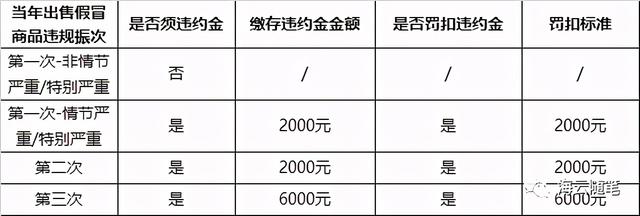Face recognition is a special form of pattern recognition, which allows us to perform the highly adaptive task of identifying individuals and picking up information from their expressions.
人脸识别是模式识别的一种特殊形式,它使我们能够完成识别个人和从他们的表情中提取信息的高度适应性任务。

In their experiment, Bradshaw & Wallace used Identikit faces in pairs. Participants were asked to decide whether the faces were the same or different. They found that participants made quicker decisions if more features of the face were different. Bradshaw & Wallace (1971) concluded that faces were recognised by a bottom-up process. In other words, by processing features such as eyes and nose separately we can build up a representation of the whole face.
在他们的实验中,Bradshaw和Wallace使用了成对的Identikit脸。参与者被要求决定这些脸是相同还是不同。他们发现,如果脸部有更多的特征是不同的,参与者会做出更快的决定。Bradshaw & Wallace (1971)总结说,人脸的识别是一个自下而上的过程。换句话说,通过分别处理眼睛和鼻子等特征,我们可以建立起整个面部的表征。

This explanation is rather simple. Research from Sergent (1984) suggests that we process faces as a whole and not by serial processing of individual features: Often the spatial relationship between features is as important as the features themselves.
这个解释相当简单。Sergent (1984)的研究表明,我们把人脸作为一个整体来处理,而不是通过对单个特征的连续处理。通常情况下,特征之间的空间关系与特征本身一样重要。
This notion is supported by research into Identikit faces made from slices of different celebrities' faces. It is harder to identify the celebrities if the sections of their faces are closely aligned because we see the two parts as one whole. If the sections are misaligned, identification is much easier because we do not view them as a whole (Young et al., 1987).
对由不同名人的脸部切片制成的Identikit脸的研究支持了这一概念。如果名人的脸部切片紧密排列,就更难识别他们,因为我们把这两部分看作一个整体。如果这些部分错位,识别就容易得多,因为我们没有把它们看作一个整体(Young等人,1987)。

It seems that theconfiguration of the face is particularly important when we process it. This could include three aspects (Bruce, 1995) 看来,当我们处理脸部时,脸部的配置是特别重要的。这可能包括三个方面(Bruce, 1995):
- spatial relationship between features (e.g. distance between nose and mouth) 特征之间的空间关系(例如,鼻子和嘴之间的距离)
- interaction between features (e.g. how the shape of the nose affects perception of mouth shape) 特征之间的相互作用(例如,鼻子的形状如何影响对嘴形的感知)。
- holistic processing of faces (i.e. faces are not processed serially). 脸部的整体处理(即脸部的处理不是连续的)。





